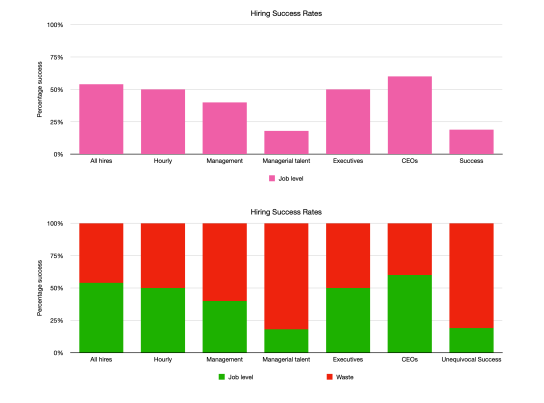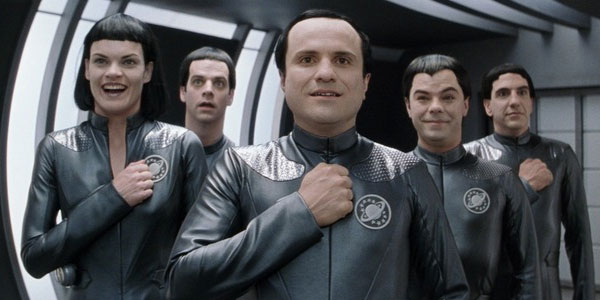Agile Competency Is A Crock

Part 1 – The Lede
The Agile Manifesto set out to make developers’ (and others’) live richer, saner and more fulfilling.
A true irony of the legacy of that Manifesto is that finding a fulfilling job or role “in Agile” is nowadays next to impossible.
Competency is not something valued by hirers and their gatekeepers. Being a “safe hire” is all.
Part 2 – The Background Story
My dear friend, the late Grant Rule, had many compelling stories to tell.
One of these concerned a large insurance company in the home counties. Let’s call them InsCo. For some reason, the powers that be became interested in the reasons why they were not doing as well as they thought they should be, business-wise.
Some number of investigations were commissioned. One concerned the type of people they were hiring, versus the type of people needed for business success.
To cut a long story short, it became revealed to them that not only were they hiring people with little to contribute in the way of the organisation’s business goals, they were actually hiring people whose general style actively undermined those goals.
In other words, their hiring practices were expressly filtering out those people best suited to make a positive contribution inside the business. And this had been going on for years, if not decades.
I always found the story fascinating, not least for its compelling ring of truth.
In todays’s business world, I see many of the organisation I visit or work with making exactly the same error.
Organisations whose hiring practices filter OUT exactly those candidates who would best contribute to the espoused goals of the organisation.
Guided by the heuristic of POSIWID, I assume that organisations – or more exactly the core group within an organisation – are not much interested in the organisation’s espoused goals. Deming said as much fifty years ago, with his First Theorem:
“Nobody gives a hoot about profit”
~ W Edwards Deming
I find this particularly noticeable in hiring for so-calle Agile positions and roles. […]
Now, I’m not about to criticise folks – senior executives and middle managers in this case – for acting in their own individual and collective (core group) best interests.
It’s what humans do – acting to get needs met.
I’m just inviting you, like the executives at InsCo did, to take a look at the consequences of your current hiring and staffing policies and processes.
And consider how those staffing policies and processes play against the things that matter to you.
Oh, and maybe consider what those things that matter to you are, too.
Part 3 – The Dilemma
For me, struggling as I am to find gainful and meaningful employment, the questions aired in part 2 raise an interesting question for all of us in the Agile field:
Do we concentrate on appearing competent, and on our abilities to help the organisation achieve its espoused goals? Or do we focus on getting a well-paid job – which demands a very different strategy and “personal brand image”?
The former strategy suggests we list our experience, results and contributions to the success of the organisations we have worked with. That we take hiring organisations’ espoused goals at face value and play to those declared goals.
The latter strategy suggests we present ourselves in terms that appeal to the needs we imagine the hirers – and their gatekeepers – have.
Needs rarely articulated and only determinable through observation of these folks’ actions. Needs which in most cases means portraying ourselves as conventional, conservative, and status-quo loving. As “safe hires”.
I’ve discovered – unsurprisingly, to me – that I just CAN’T bring myself to do the latter.
I’m NOT a safe hire, not do I ever wish to be. My value proposition is other.
Outwith the emotional consequences of pretending to be something I’m not, and setting myself up at work to live a life that’s a bald-faced lie, I just don’t want to find myself in any more jobs or roles that, in essence, are just another stupid punt.
How about you?
– Bob

 And some data from various sources:
And some data from various sources:



